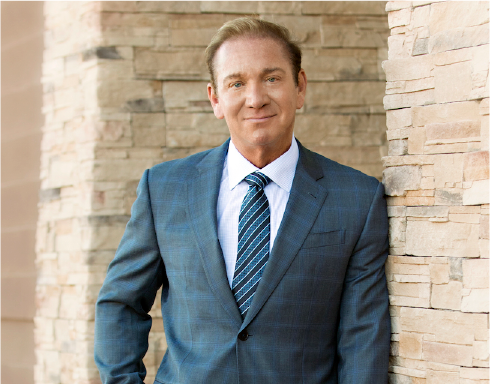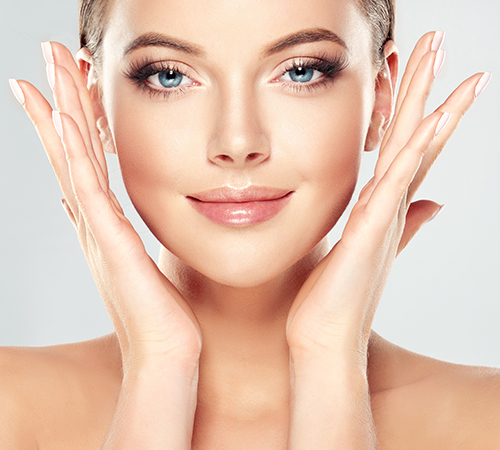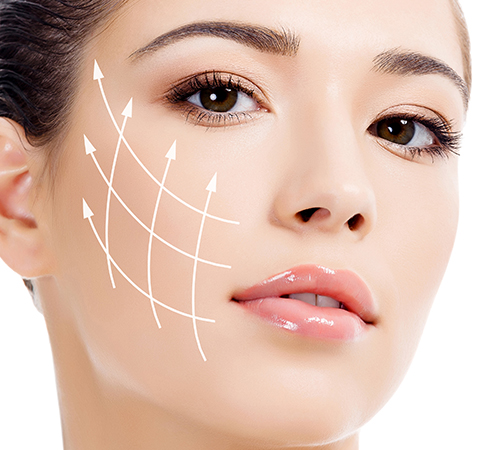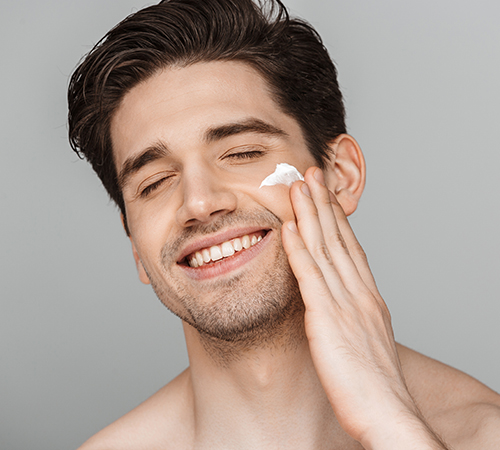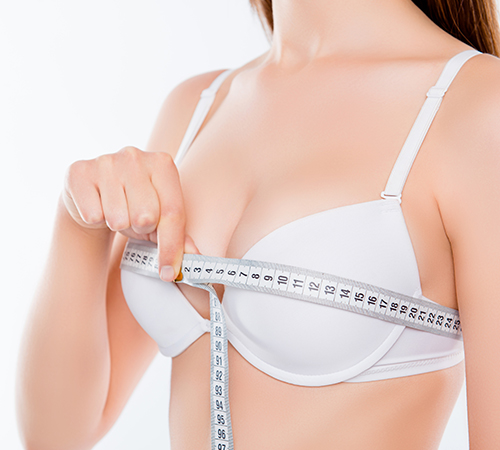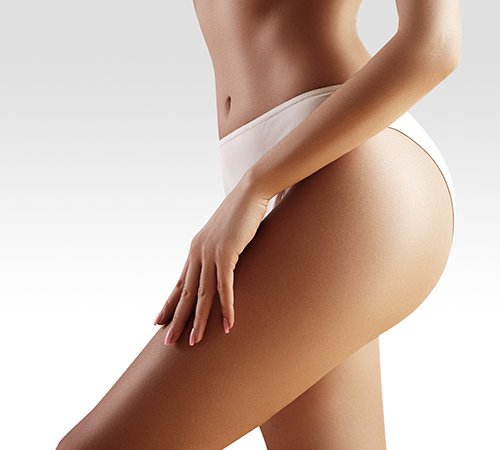Scottsdale Facelift
It’s not possible to stop the aging process altogether. Fortunately, it is possible to turn back the hands of time with a simple procedure known as a facelift. This surgery, known technically as rhytidectomy, is the third most popular cosmetic surgery procedure performed today. While it cannot put a stop to the aging process, the surgery can help you to look your best by restoring a more youthful appearance.
Rhytidectomy, or facelift surgery as it is more commonly known, is a plastic surgery procedure designed to provide the face with a more youthful and refreshed appearance. During the surgery, excess skin is removed, underlying muscles are tightened and the skin is redraped. This helps to improve sagging facial skin, jowls and loose neck skin.
If you are considering a facelift, it’s important that you be in good physical health and that you have realistic expectations for your surgery’s outcome. Patients with a strong or well-defined bone structure and those with some elasticity left in their skin typically obtain the best results. The majority of facelift patients range in age from the forties to the sixties. Of course, patients of just about any age can undergo a facelift.
The surgical time for a facelift typically lasts between three to four hours, usually under general anesthesia by a board certified anesthesiologist. Incisions usually begin above the hairline at the temples and continue in front of and behind the ears. Working through the incisions, the skin is lifted and the underlying muscle and membrane are tightened. The skin is then pulled tight and any excess is removed. A small incision may also be made under the chin to allow excess fat from the neck and chin to be trimmed or suctioned.
After the surgery, the head is wrapped in bandages which may stay in place for 2 days days. Patients can expect the face to appear pale and puffy at first with some swelling and minor bruising present. Numbness and/or discomfort can also occur and pain medication can be prescribed to help relieve the discomfort. Stitches are generally removed during the first 10 days post op. It will take about ten to fourteen days before work and other normal activities can be resumed and two or more weeks before resuming more strenuous activities. Sun exposure will need to be limited for several months.
Reasons for Considering
A Facelift
Loose skin, wrinkles and
loss of volume
Jowls and loss of jawline
Neck bands extending down
from chin
To look more youthful
and healthy
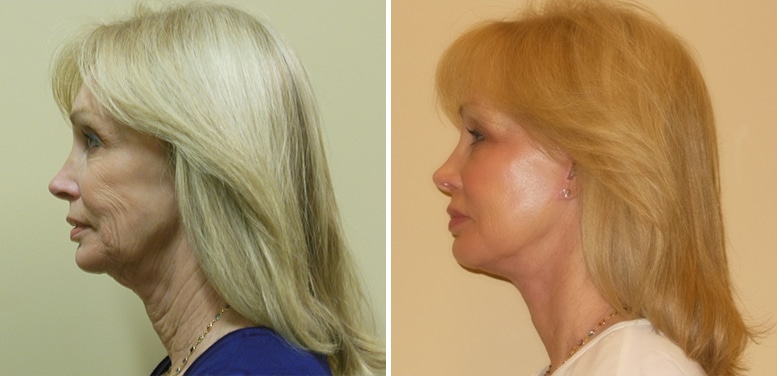
Before
After
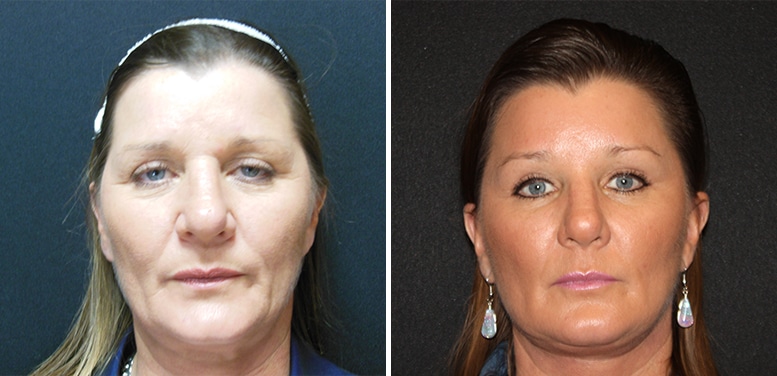
Before
After
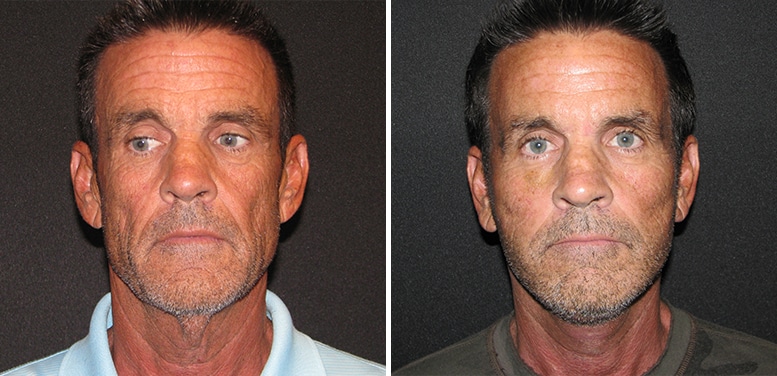
Before
After
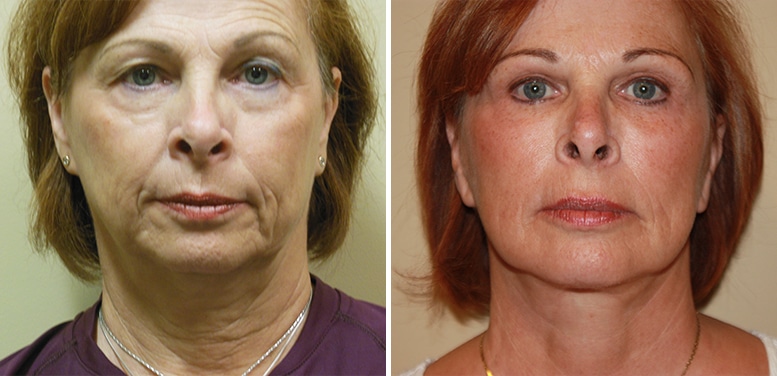
Before
After
Volume restoration of the face is regarded as a KEYstep in facial rejuvenation
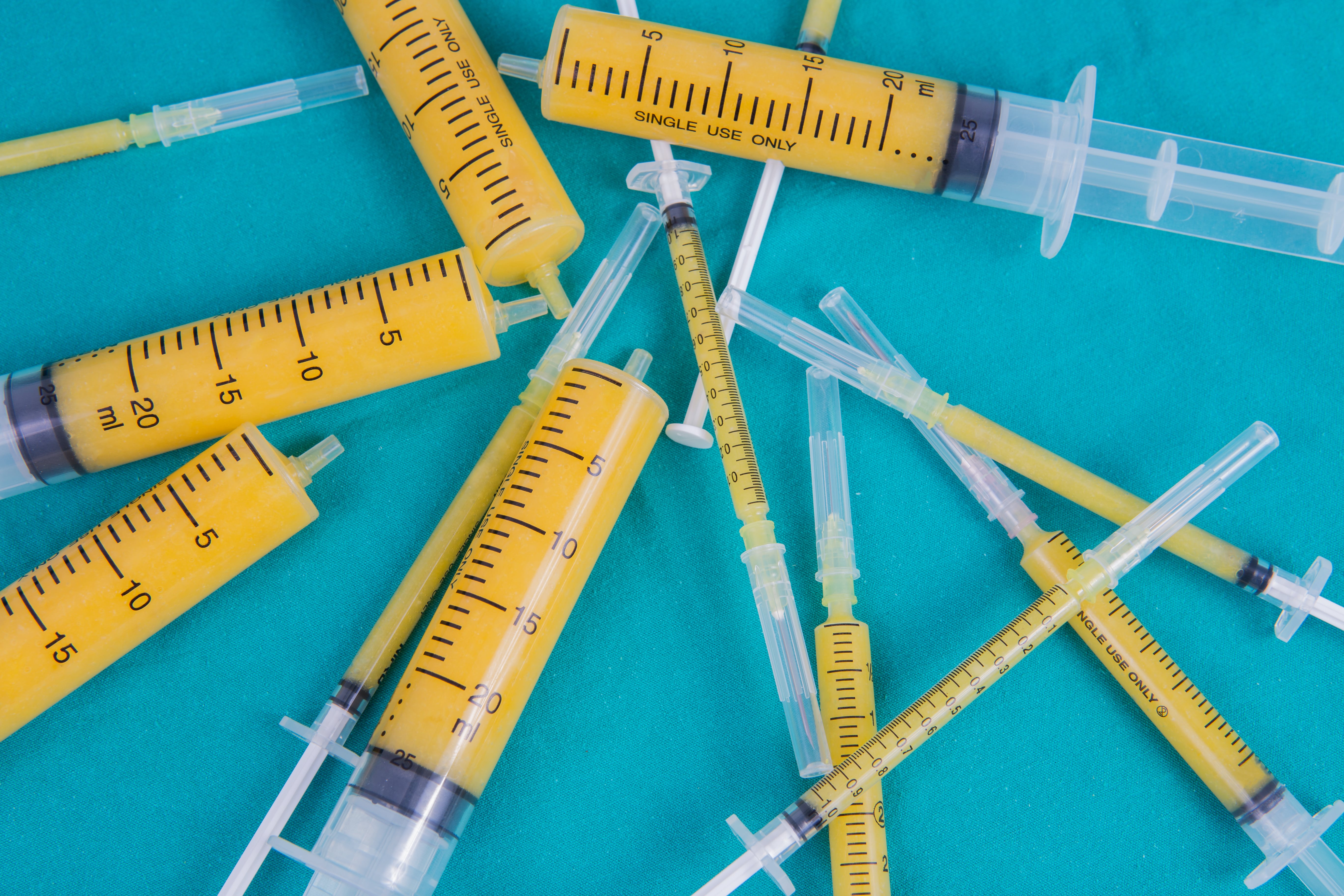
1) Harvesting of Fat
You and Dr. Shaw will decide on which areas are best suited as the donor site(s). Dr. Shaw likes to pick an area that has been resistant to diet and exercise as we don’t want the transferred fat to change with weight shifts as well. Tumescent anesthesia fluid is placed into the donor site to aid in harvest and reduce bruising. A special fat harvest canola is connected to a 10 cc syringe to carefully extract fat with very low vacuum suction.
2) Processing of Fat
At The SHAW Center, Dr. Shaw uses the PureGraft system to process the harvested fat. This method has been shown to have higher fat survival percentages over other methods like centrifuge processing. The processing includes purification and transfer of fat cells. Once enough fat has been obtained from the donor area, the fat is purified. The PureGraft System utilizes a filtration device to remove other unwanted tissue from the fat cells. The fat cells are then gently transferred into small 1cc syringes that will later be used for the fat transfer. We have the ability to add PRP to the prepared fat prior to transfer to enhance the survival of the autologous fat.
3) Injection of Fat
Dr. Shaw transfers the fat to the recipient areas using very small blunt tip cannulas. The goal is to place linear threads of fat, not boluses, which have the best chance of becoming vascularized. The fat is also placed in multiple planes in a “3D” fashion. This is repeated in each area until the desired shape and contour is achieved. Facial surgery, if planned is then performed after the transfer.
Autologous Fat Transfer in Scottsdale
What is autologous fat transfer?
Autologous fat transfer (fat grafting) is the removal of fat cells from a donor site, careful processing and inserting the fat cells into a recipient site. The fat cells are autologous because they are harvested and then injected back into the same donor at a different site. The fat cells are used as a natural filler similar to synthetic dermal fillers.
What is autologous fat transfer used for?
Fat transfer is used to add volume to areas of the body which lack significant volume either through loss during the aging process (facial rejuvenation, hand rejuvenation), defects following liposuction procedures, scar revision.
The goal is the same if volume is lacking or not, to give a fuller, more youthful appearance to the recipient area.
How is autologous fat transfer performed?
Fat cells are obtained (harvested) from the donor site utilizing a 10 cc syringe and special autologous fat harvesting canula. At The SHAW Center, we gently harvest the fat cells to obtain viable fat for reinjection. The fat cells are then processed using the PureGraft system for reinjection. The purified fat is then transferred to 1cc syringes and small blunt tip cannulas are then used to transfer the fat to the recipient site creating a fuller, youthful result.
How is autologous fat transfer different than dermal fillers?
The goal of dermal fillers and autologous fat transfer are the same, to restore volume. The difference is that autologous fat is from the patient’s own fat cells (a natural filler) and Dermal Fillers are (synthetic hyaluronic acid or collagen fillers) . Autologous fat certainly has the ability to use much higher volumes compared to 1 – 5 cc usually used when using dermal fillers. Also, Autologous fat, unlike synthetic dermal fillers, has the potential to become vascularized and live as a fat graft for many years if not forever. We expect 30% – 70% of fat to survive the process. Dermal fillers, which are readily available, last anywhere from a few months to a year, depending on the filler used
